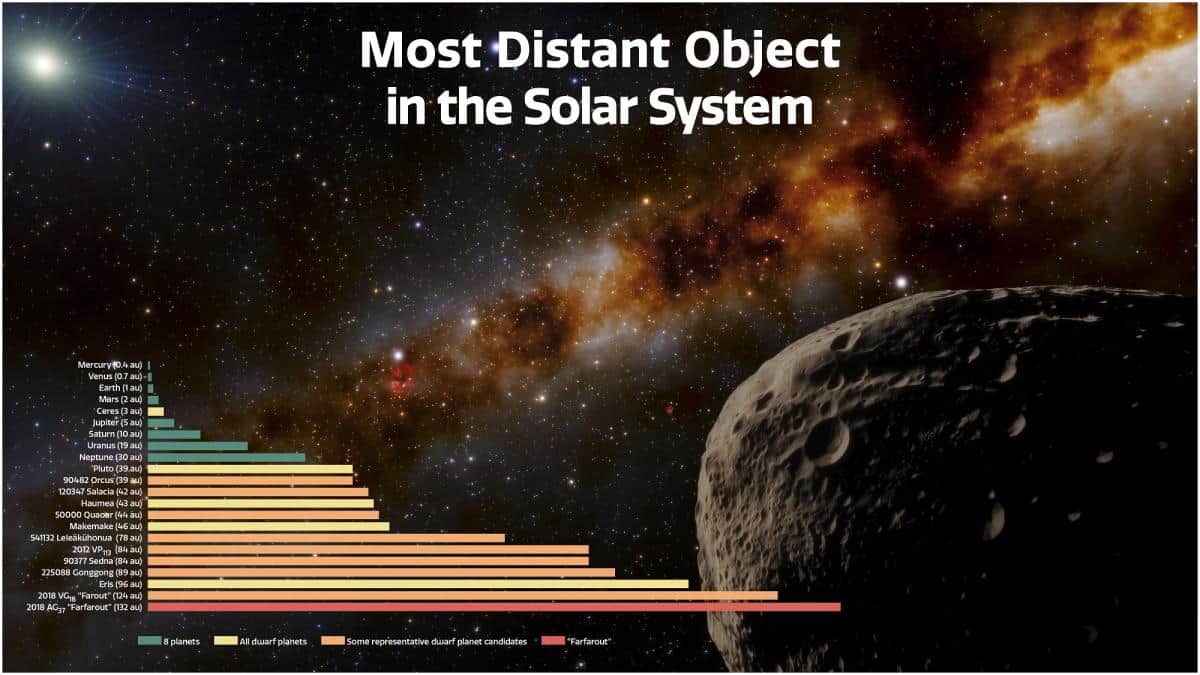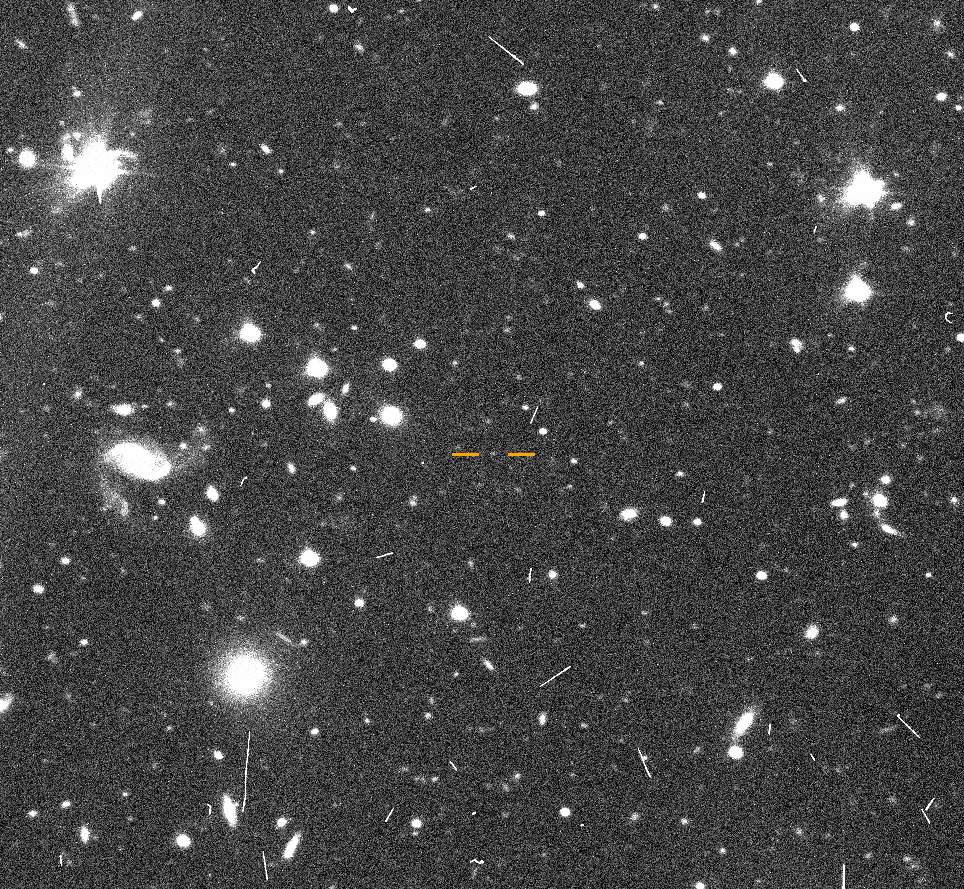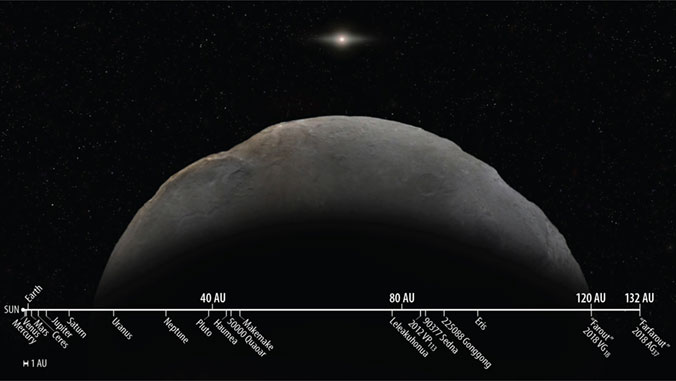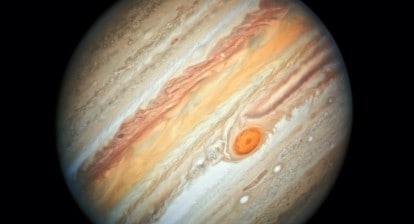Far out at the edges of the solar system an object was detected for the first time in 2018. An earlier object – a dwarf planet – was called FarOut (orbital distance of 124 AU), so this one has been named FarFarOut. The planetoid is four times as far away from the Sun as Pluto (which has an average orbital distance of about 39 AU), at a massive distance of 140 astronomical units (AU), making it the most distant object ever observed in the solar system. (One AU is a unit of length, roughly the distance from Earth to the Sun and equal to about 150 million kilometres (93 million miles) or approximately 8 light minutes.). Its current distance is 132 AU from the Sun and it has an average orbital distance of 101 astronomical units.

Artist’s impression of FarFarOut, most distant object in the Solar System. Photo Credit: NOIRLab/NSF/AURA/J. da Silva
At this distance, FarFarOut might take an entire millennium (1,000 years) to orbit the Sun, crossing the orbit of Neptune every time. This means that it probably experienced gravitational interaction with Neptune, resulting in its large and extremely elongated orbit. Reseach has revealed that the planetoid goes out as far as 175 AU and approaches as close as 27 AU inside Neptune’s orbit.
“Farfarout’s orbital dynamics can help us understand how Neptune formed and evolved, as Farfarout was likely thrown into the outer solar system by getting too close to Neptune in the distant past,” said Chad Trujillo of Northern Arizona University. “Farfarout will likely interact with Neptune again since their orbits continue to intersect.”
The Minor Planet Center has now given it the official designation of 2018 AG37 and it will get an official name after more research. It was discovered at the Subaru 8-meter telescope located at Maunakea in Hawaiʻi and then the Gemini North and Magellan telescopes and the Carnegie Institution for Science’s Magellan Telescopes in Chile were used to define its distance and orbit, based on its slow motion across the sky in the past few years.

Farfarout. Photo credit: Scott S.Sheppard/Carnegie Institute for Science
FarFarOut is approximately 400 kilometres (250 miles) across. This size has been calculated based on its observed brightness but there is not much else that is known about it. Further observations will reveal whether it is a large Kuiper Belt Object (KBO) or a small dwarf planet. The researchers say that its orbital time is also not confirmed and could be from 800 to a 1,000 years or even twice that. For comparison, Pluto’s orbital time is 248 years.
The team includes University of Hawaiʻi Institute for Astronomy (IfA) Mānoa’s David Tholen, Scott S. Sheppard of the Carnegie Institution for Science, and Chad Trujillo of Northern Arizona University, all of whom have an ongoing survey to map the outer solar system beyond Pluto.
“The discovery of Farfarout shows our increasing ability to map the outer Solar System and observe farther and farther towards the fringes of our Solar System”, said Sheppard. “Only with the advancements in the last few years of large digital cameras on very large telescopes has it been possible to efficiently discover very distant objects like Farfarout. Even though some of these distant objects are quite large, being dwarf planet in size, they are very faint because of their extreme distances from the Sun. Farfarout is just the tip of the iceberg of Solar System objects in the very distant Solar System.”
The team has been looking for Planet X, which is yet to be found, but their work is increasing the understanding of how big our solar system is and how many objects we are yet to see out there.







